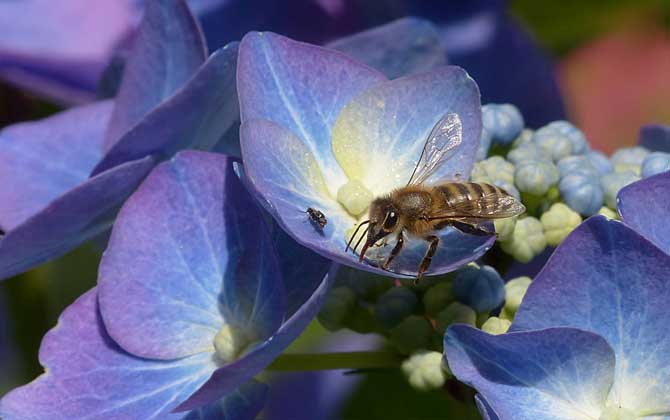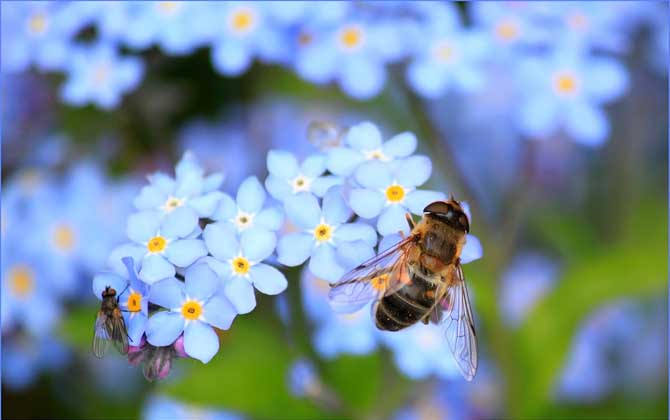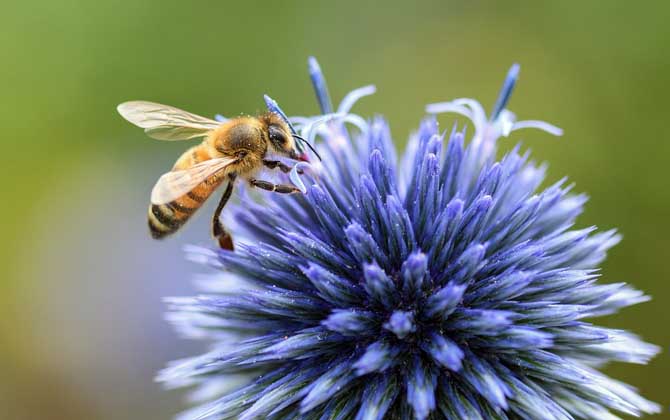Bees: An Overview
Bees, members of the family Apidae, are insects renowned for their ecological and economic significance. Many species contribute to medicine (e.g., honey, royal jelly, bee venom), agriculture (e.g., crop pollination), and industry (e.g., beeswax, propolis). The most familiar domesticated species are the Western honey bee (Apis mellifera) and Eastern honey bee (Apis cerana). Below, we explore their fascinating behavioral characteristics.

I. Complete Metamorphosis
Bees undergo complete metamorphosis with four distinct developmental stages:
- Egg: Banana-shaped, milky-white structures laid in comb cells
- Larva: C-shaped white grubs fed by nurse bees
- Pupa: Transition stage where body segmentation becomes visible
- Adult: Soft-bodied initially, hardening exoskeleton within hours
This 21-day process (for workers) demonstrates remarkable biological transformation, with each caste (queen, worker, drone) having slightly different developmental timelines.

II. Specialized Feeding Habits
Bees exhibit floral fidelity through:
- Pollen Collection: Protein source for brood development
- Nectar Processing:
- Enzymatic conversion of sucrose via hypopharyngeal glands
- Water reduction from ~80% to 18% through fanning
- Average 1,200 flower visits per honey stomach load
A single worker bee’s lifetime production of 0.6g honey requires visiting approximately 50,000 flowers.

III. Complex Social Structure
Hive security features include:
| Defense Mechanism | Function |
|---|---|
| Sting Apparatus | Barbed stingers with alarm pheromones |
| Guard Bees | Chemical recognition through cuticular hydrocarbons |
| Drone Exclusion | Seasonal expulsion of males post-mating season |
Notably, inter-hive tolerance only occurs at shared resource sites like watering holes.

IV. Diverse Nesting Strategies
Different genera exhibit unique architectural approaches:
- Apis: Wax combs in protected cavities
- Melipona: Resin-based structures
- Megachile: Leaf-rolled tunnels
- Xylocopa: Wood-boring nests
- Osmia: Mud-walled chambers
- Bombus: Ground-level grass nests

V. Caste System Dynamics
Queen Bee
• Sole reproductive female
• Daily egg production: 1,500-2,000
• Pheromone-regulated colony control
• Lifespan: 2-5 years
Drones
• Haploid males from unfertilized eggs
• Mating flight altitude: 10-40m
• Immediate death post-copulation
• Lifespan: 55-90 days
Workers
• Sterile females with age-related roles:
– Days 1-10: Nurse bees
– Days 11-20: Comb builders
– Days 21+: Foragers
• Lifespan: 6 weeks (summer) – 6 months (winter)
This sophisticated social organization enables honey bee colonies to function as superorganisms, demonstrating collective intelligence in resource management and environmental adaptation.